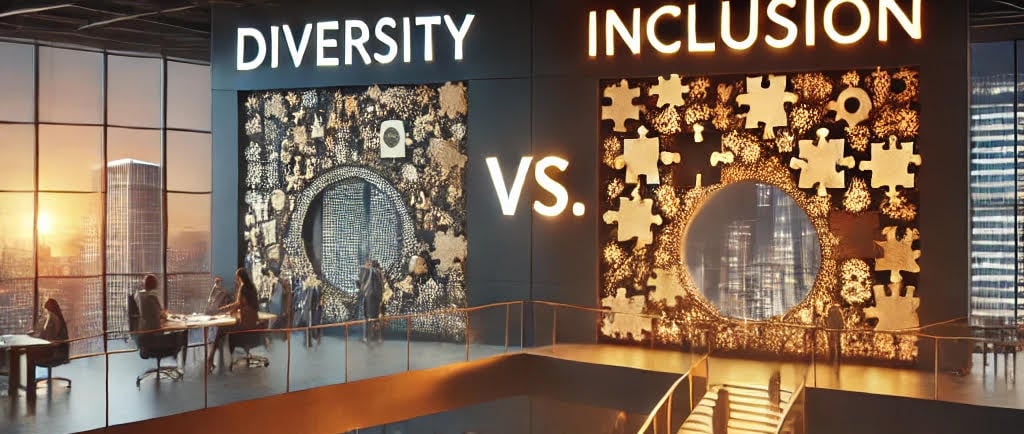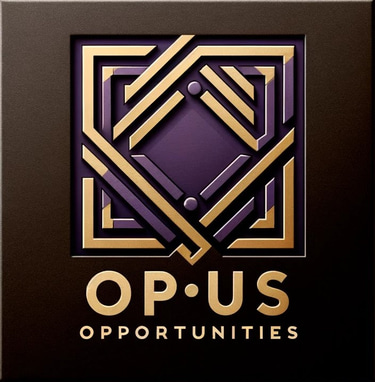Diversity vs. Inclusion: How to Tell If Your Workplace Walks the Talk
Inclusion isn’t a slogan—it’s a practice.
Kamy Charles
2/27/20252 min read


Many workplaces pride themselves on being “diverse and inclusive,” but true inclusion is more than hiring people from different backgrounds. It’s about making sure all employees feel valued, heard, and empowered to succeed. So how do you tell if your workplace is actually inclusive or just riding the DEI wave?
Here are some key red flags to watch out for:
1. Diversity Without Leadership Representation
If your company’s leadership team is overwhelmingly homogenous while the lower levels are diverse, that’s a sign inclusion hasn’t made its way to the top. Real inclusion means representation at every level, not just at entry points.
2. "Culture Fit" > Culture Add
If hiring managers frequently use the phrase “we’re looking for a good culture fit,” ask yourself—does that mean they’re looking for someone who thinks, speaks, and acts just like them? True inclusion means embracing diverse thought, not forcing assimilation.
3. DEI is a Buzzword, Not a Strategy
Does your company have:
Dedicated DEI committees with decision-making power?
Clear policies around pay equity and promotions?
Inclusive benefits (parental leave, mental health support, accessibility accommodations)?
If the answer is no, then DEI might just be for optics.
4. Silence on Social Issues
When major social justice issues arise, does leadership acknowledge them or pretend they don’t exist? A truly inclusive workplace encourages open conversations and supports employees when it matters most.
5. Marginalized Employees Keep Leaving
High turnover among women, BIPOC employees, LGBTQ+ professionals, or disabled employees? That’s a glaring sign that inclusion is not happening at the day-to-day level. Companies that truly support underrepresented employees create mentorship, sponsorship, and equitable career advancement opportunities.
What an Inclusive Workplace Looks Like:
Employees feel safe speaking up without fear of retaliation
Career advancement is based on skill & contribution—not favoritism
DEI is treated as a business priority, not just an HR initiative
Leadership is willing to be uncomfortable and make real changes
Final Thoughts: Demand More Than a Diversity Statement
Inclusion isn’t a mission statement—it’s a daily commitment. If your workplace isn’t creating real, lasting opportunities for underrepresented voices, it’s time to hold leadership accountable—or explore opportunities elsewhere.
Your career growth should never be limited by a company’s unwillingness to evolve.
